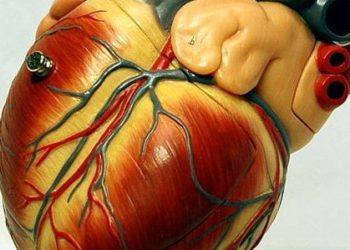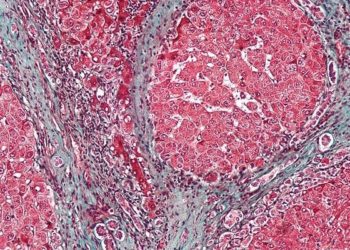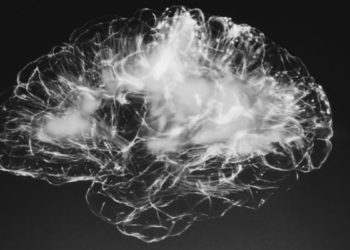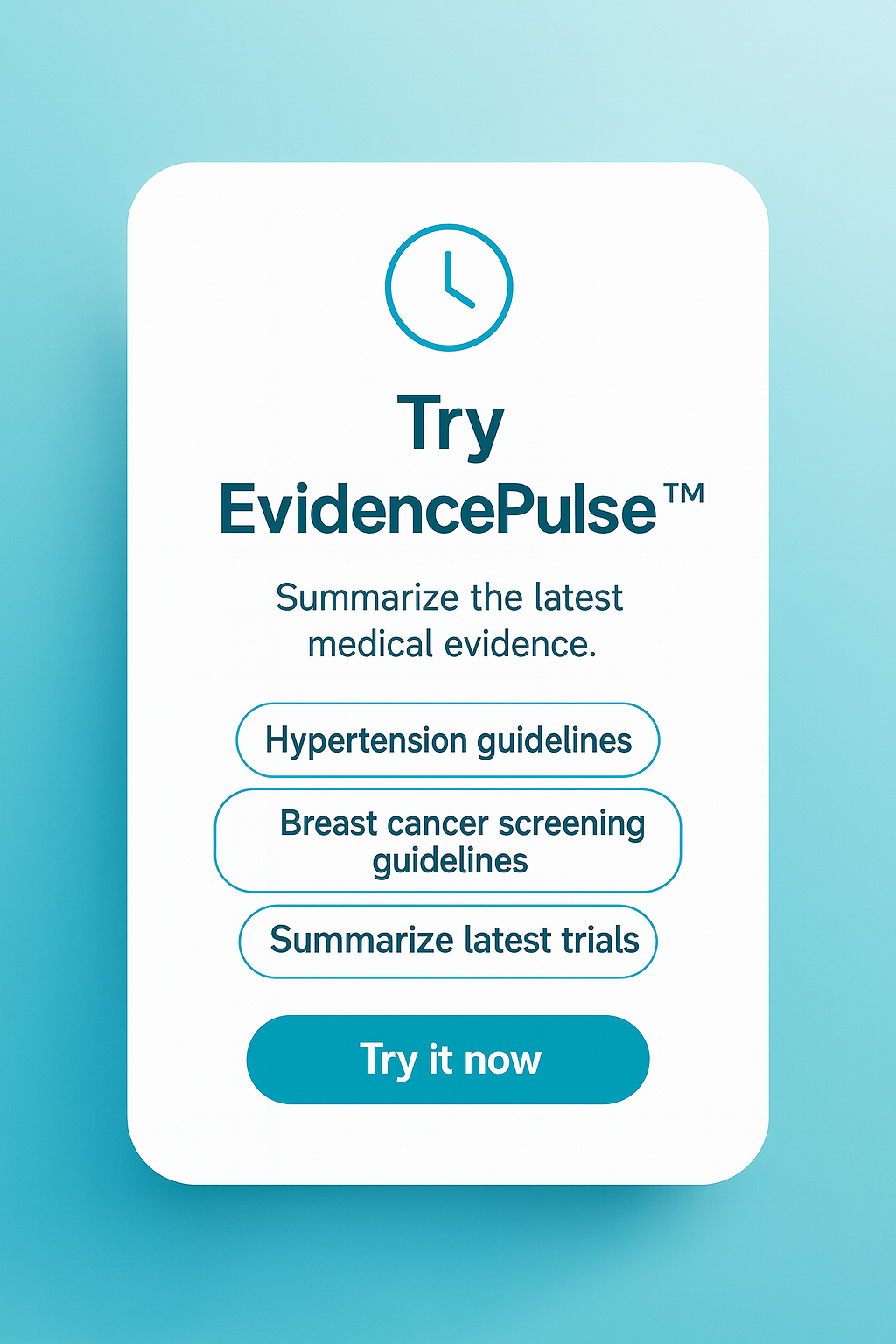Computed Tomographic Angiography and Yield for Gastrointestinal Bleeding in the Emergency Department
1. Between the years 2017 and 2023, the proportion of total computed tomographic angiography (CTA) examinations related to gastrointestinal bleeding (GIB) increased from 0.09% to 0.7%, yet the diagnostic yield dropped dramatically.
Evidence Rating Level: 2 (Good)
Current guidelines suggest the use of CTA as a first-line diagnostic imaging modality for unstable patients with suspected GIB. However, the use of CTA also creates a significant increase in the radiologist’s workload owing to the complexity of this imaging modality. As such, this cohort study sought to investigate whether the increasing use of CTA is effective in increasing GIB detection or if it is being overused. 954 patients (mean[SD] age, 66.7[6.3] years; 44.8% female) from a quaternary care hospital in the United States were included in this study. The primary outcome of the study was annual GIB-related CTA examination volume. Between 2017 and 2023, the number of GIB-related CTA examinations increased annually by 0.09% (95% CI, 0.07% to 0.12%; P < .001). In this same time period, the test-positive proportion decreased from 20.0% to 6.3% with an annual decrease of -1.60% (95% CI, –2.41% to –0.79%; P = .001). Overall, this study found that the proportion of GIB-related CTA examinations increased dramatically between 2017 and 2023 with an associated drop in diagnostic yield.
Click to read the study in JAMA Network Open
Image: PD
©2025 2 Minute Medicine, Inc. All rights reserved. No works may be reproduced without expressed written consent from 2 Minute Medicine, Inc. Inquire about licensing here. No article should be construed as medical advice and is not intended as such by the authors or by 2 Minute Medicine, Inc.









